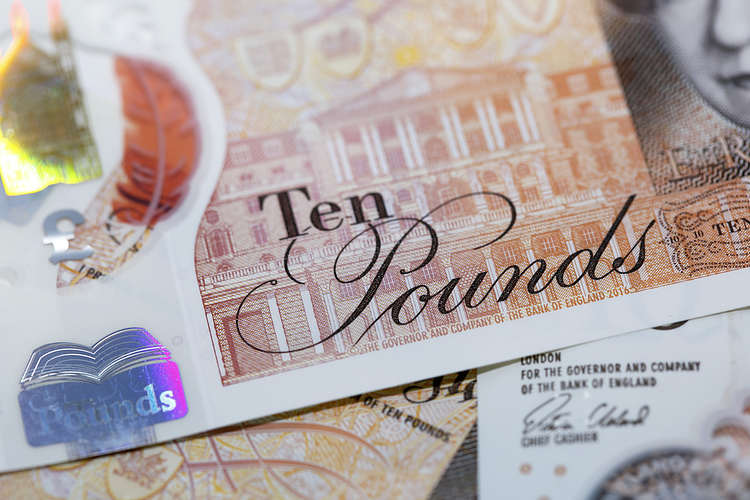The GBP/USD pair fell to around 1.2975 during the Asian trading hours on Friday after the Bank of England (BoE) cut interest rates by 25 basis points on Thursday. Investors will be looking out for the US Michigan Consumer Sentiment data and the Federal Reserve’s Michelle Bowman’s speech for further direction. The Fed reduced its benchmark rate by a quarter percentage point to a target range of 4.50%-4.75% at its November meeting, following a half percentage point reduction in September. Fed officials have emphasized the importance of supporting employment as a priority over arresting inflation, driving expectations for a December interest rate cut.
After the November Fed meeting, the chance of a quarter-point December rate cut increased to over 68%, while the chances of a pause dropped to nearly 32%, according to the CME FedWatch Tool. The Bank of England (BoE) also cut interest rates by 25 basis points while raising its inflation forecast after Labour’s released UK budget cast doubt on future policy easing. This is the second interest rate cut by the UK central bank this year, following the easing cycle started in August. BOE Governor Andrew Bailey highlighted the need for a gradual approach to policy easing during the press conference.
The Pound Sterling (GBP) is the oldest currency in the world, dating back to 886 AD, and the official currency of the United Kingdom. It is the fourth most traded currency in the world, accounting for 12% of all transactions, with key trading pairs including GBP/USD, GBP/JPY, and EUR/GBP. The value of the Pound Sterling is influenced by the monetary policy decisions of the Bank of England, which aims for price stability by adjusting interest rates. A strong economy, as indicated by data releases such as GDP, Manufacturing and Services PMIs, and employment figures, can strengthen the GBP by attracting foreign investment and potentially leading to interest rate hikes.
The Trade Balance is another important indicator for the Pound Sterling, measuring the difference between exports and imports. A positive net Trade Balance strengthens the currency as it indicates high demand for exports, while a negative balance can weaken the currency. Overall, economic data and monetary policy decisions play a crucial role in determining the value of the Pound Sterling in the forex market. Traders will continue to monitor developments in the US and UK economies, as well as central bank actions, to gauge the future direction of the GBP/USD pair and other GBP pairs.











